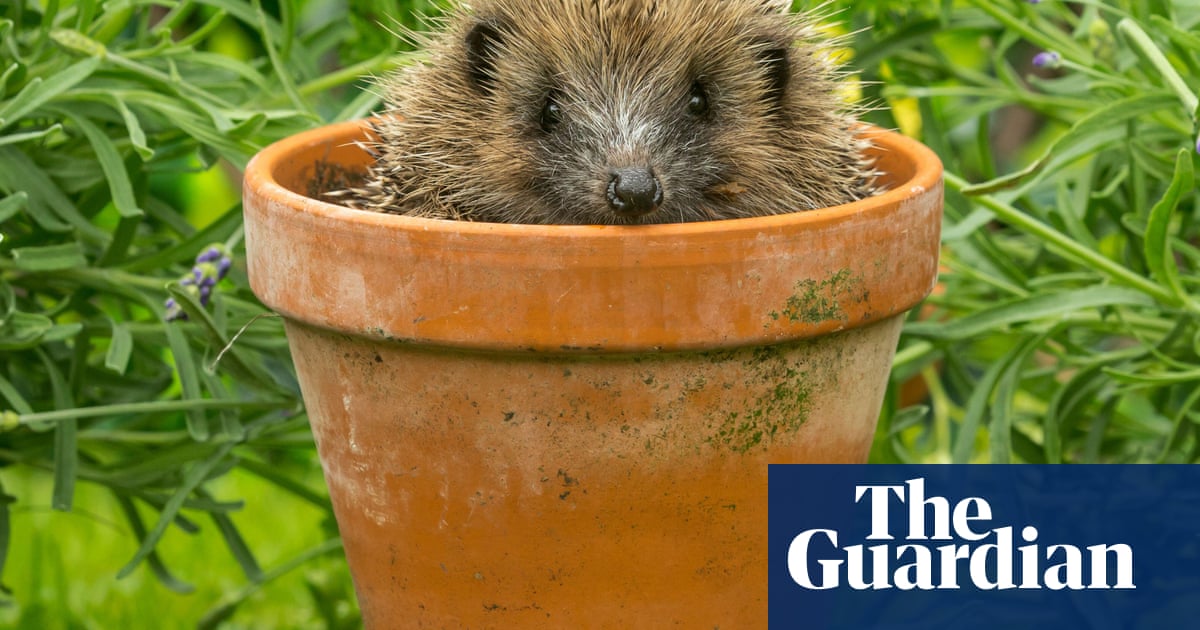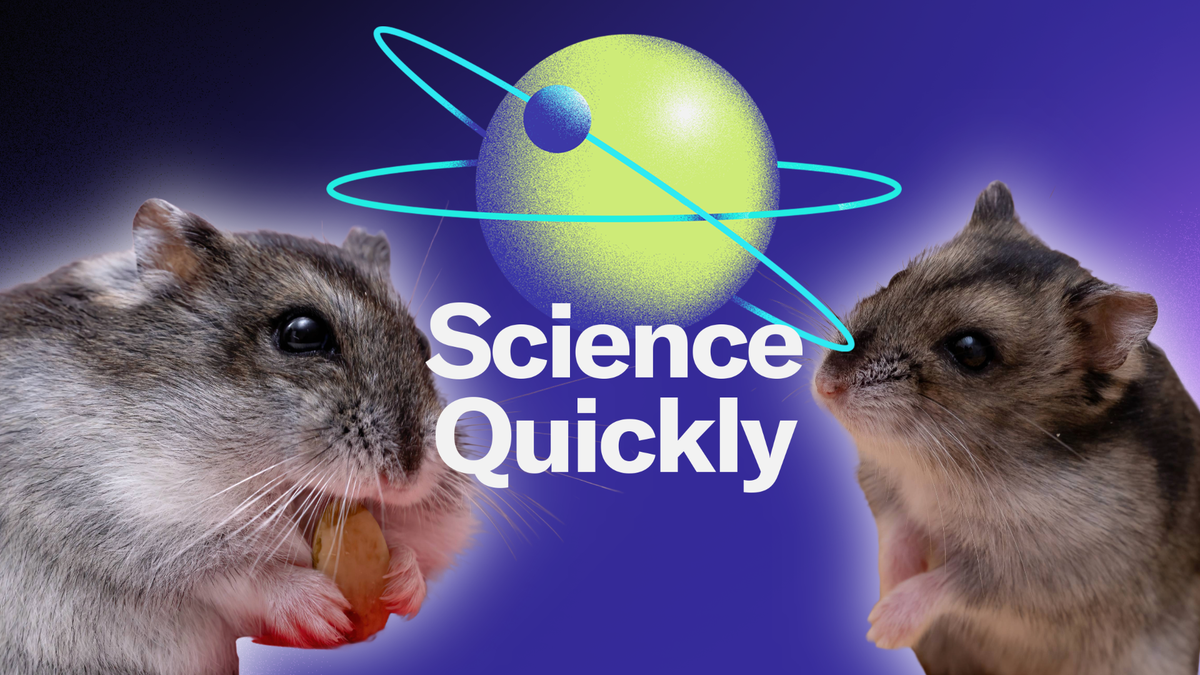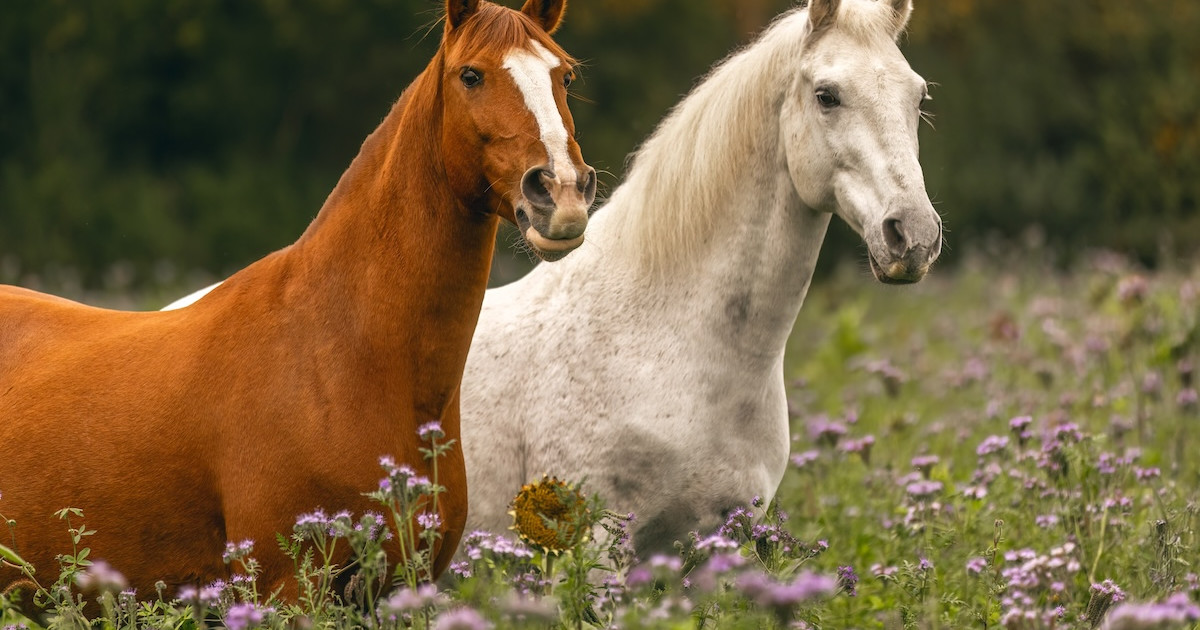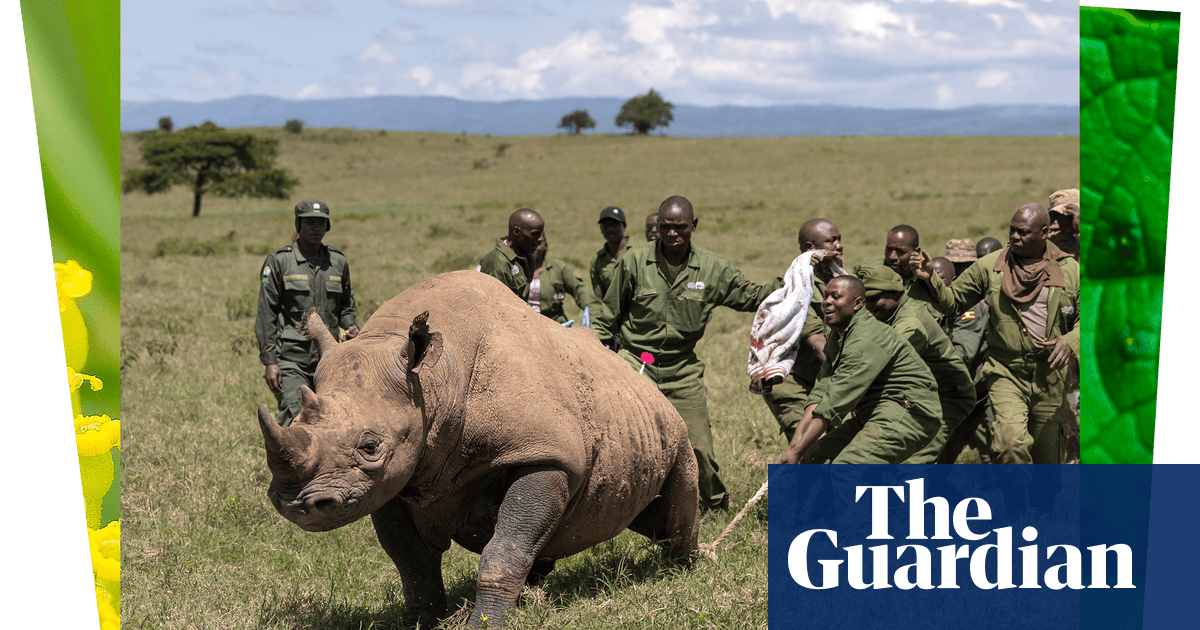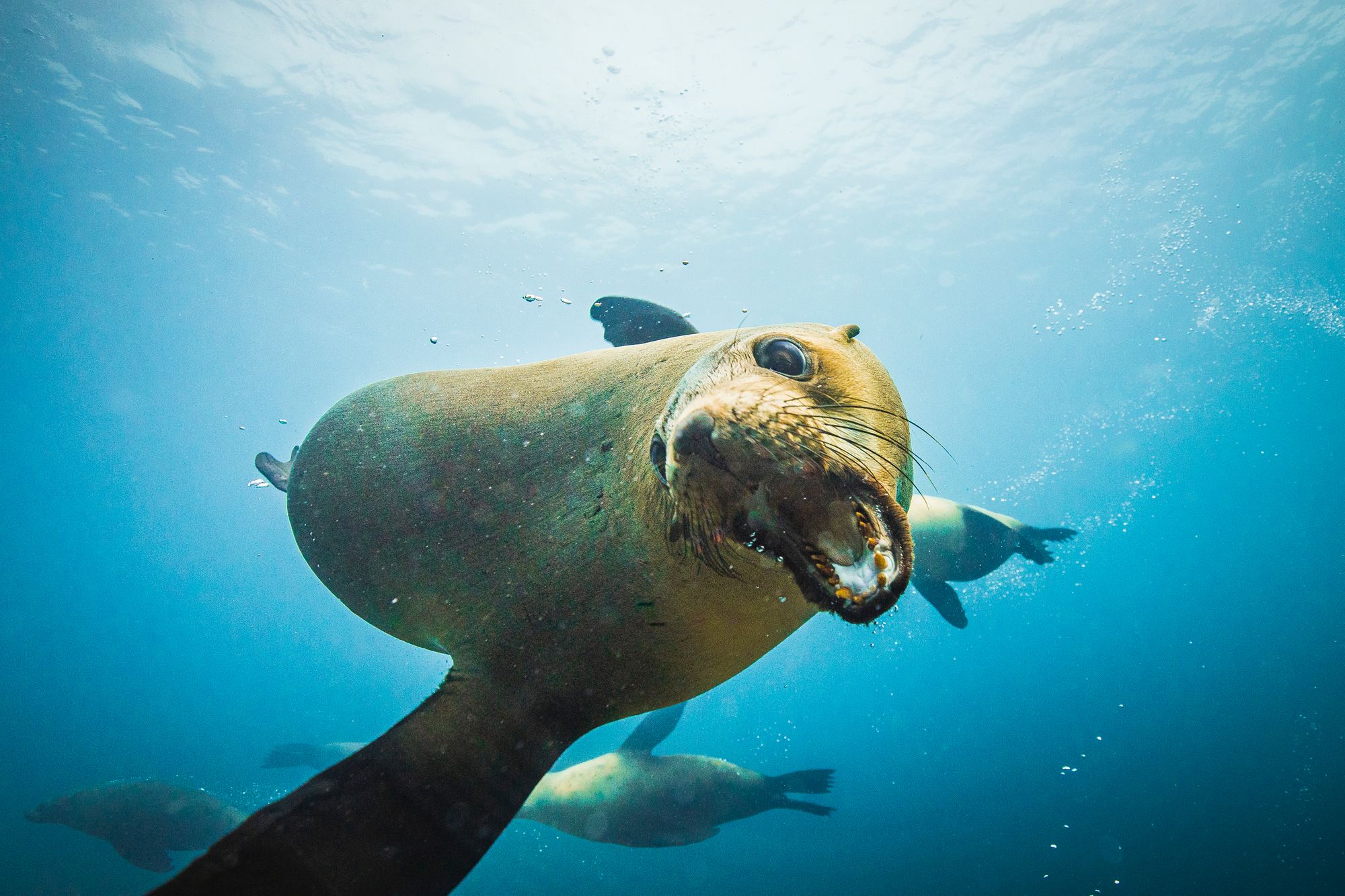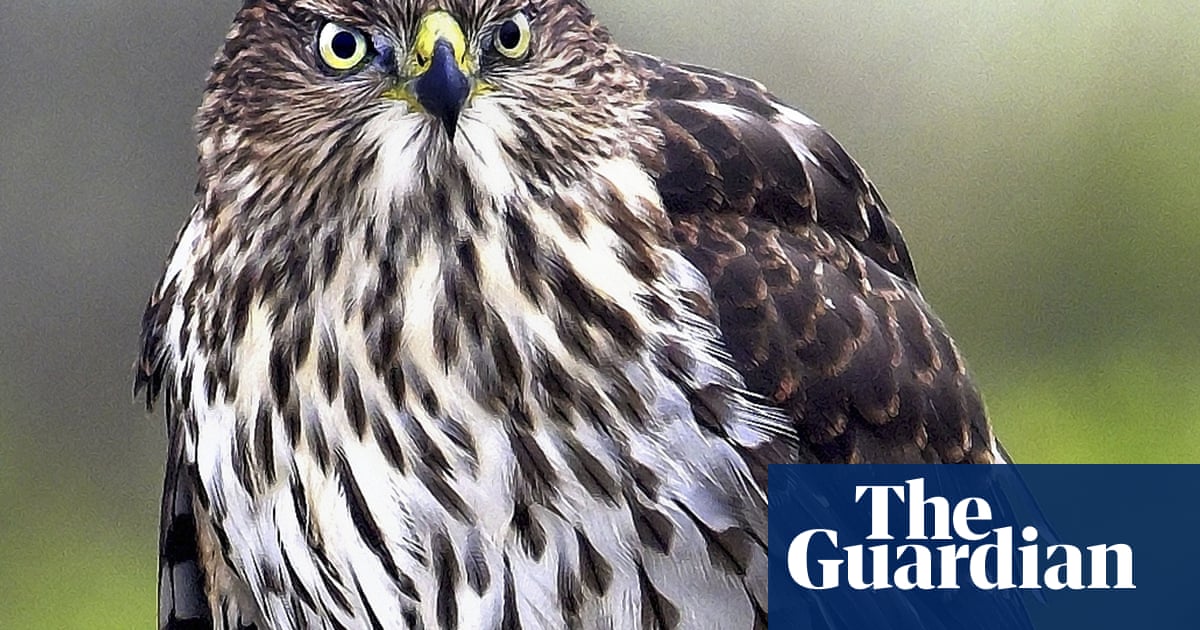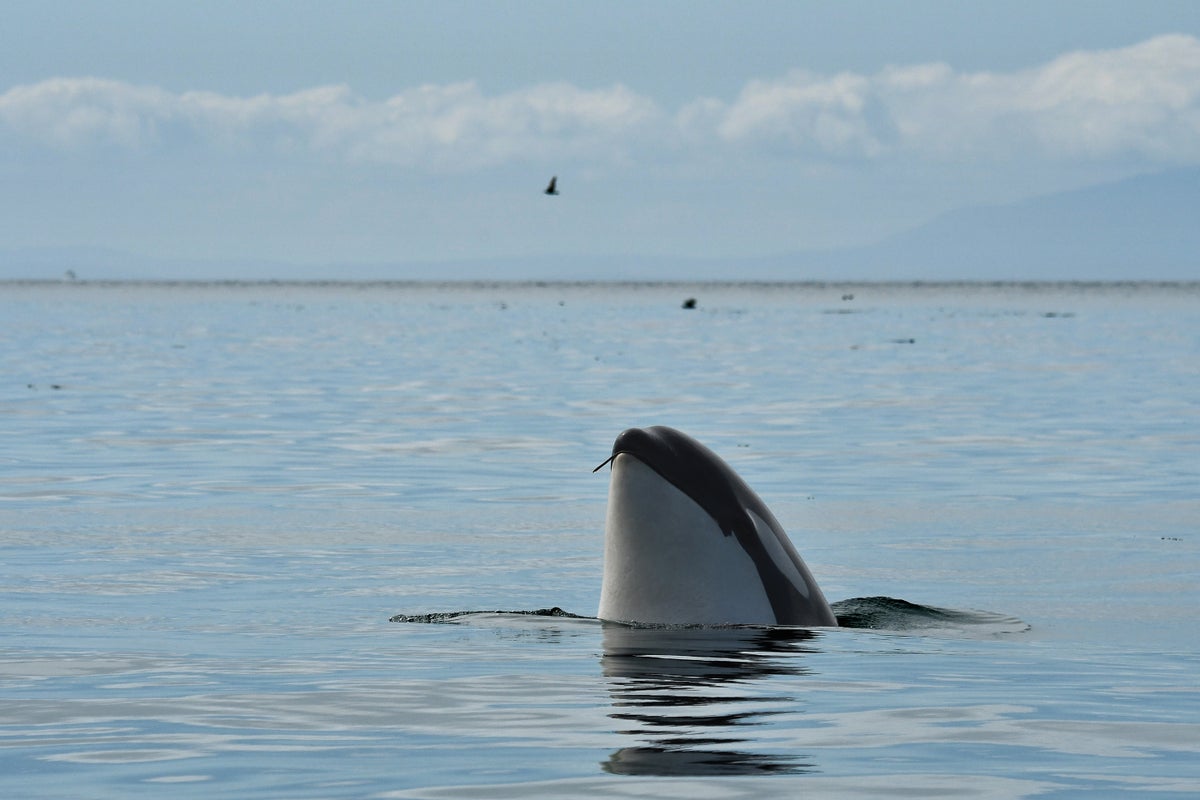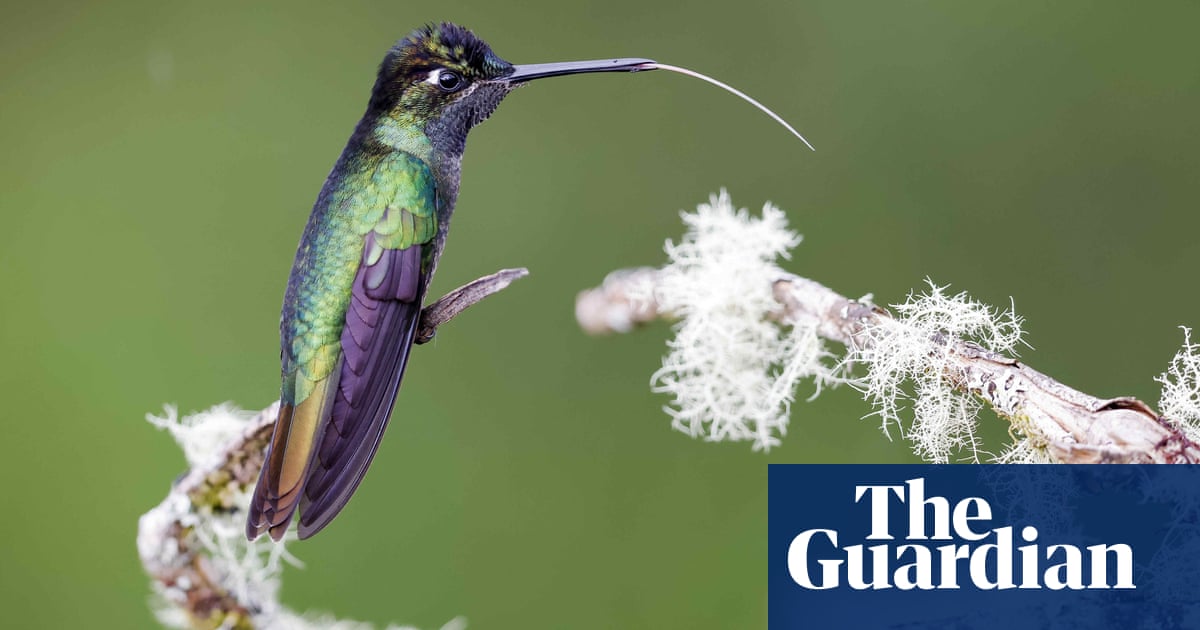#animal behavior
#animal behavior
[ follow ]
#animal-behavior #conservation #cats #wildlife #wildlife-conservation #marine-biology #animal-welfare #chimpanzees
fromwww.theguardian.com
3 weeks agoBaby sea otter named Caterpillar rescued off central California coast
That could be deadly for young sea otters, according to Shayla Zink, who works at the center in Morro Bay. That pup is really relying on everything it learns from the mother to be able to survive in the ocean, Zink said, adding that a mother sea otter cares for her pup for up to nine months, often carrying her small baby on her chest.
Environment
fromPsychology Today
4 weeks agoThe Science of Affecting Others Without Words
When I was seven years old, something happened that I still think about today. It was in Astana, Kazakhstan - back then it was called Akmola. After school, I would walk home with my stepbrother, his two friends, and my best friend. It was a quick 10-minute walk, and we usually stopped by her apartment on the way. One rainy day, she invited us in to wait out the rain.
Pets
fromwww.theguardian.com
1 month agoWorld's loneliest' gorillas are doing just fine, say Bristol zoo bosses
They're not sad at all, said Gedman. The question of whether the gorillas at Bristol Zoo Gardens might be sad has made headlines in the UK tabloids and provoked concern from animal lovers around the world. Three years ago the site near the Clifton Suspension Bridge closed to the public and most of the animals were moved to a new site, Bristol Zoo Project, on the edge of the city, where they have larger, leafier enclosures.
Science
fromArs Technica
1 month agoDo animals fall for optical illusions? It's complicated.
In both cases, the test subjects were presented with visual stimuli in the form of two white plastic cards. Sizes differed for the doves and the guppies, but each card showed an array of six black circles with a bit of food serving as the center "circle": red millet seeds for the doves and commercial flake food for the guppies.
Psychology
fromThe New Yorker
1 month agoAsk the Dog Doc
Dog: Smelled some organic compounds on his breath. Picked up traces of blood in his stool. It's either cancer or the worst case of Happy-Tail Syndrome I've ever seen. Doctor B: I don't buy it. I want a full workup. Blood, imaging. Dog: While you do that, I'll do a full workup on a hair ball the size of a colostomy bag. Tomorrow, I'll still be right and there's a good chance your patient will be dead.
Humor
fromBoston.com
2 months agoDoes painting cows with stripes prevent fly bites? Researchers who studied this win Ig Nobel prize
"When I did this experiment, I hoped that I would win the Ig Nobel. It's my dream. Unbelievable. Just unbelievable," said Tomoki Kojima, whose team put tape on Japanese beef cows and then spray-painted them with white stripes. Kojima appeared on stage in stripes and was surrounded by his fellow researchers who harassed him with cardboard flies.
Science
fromwww.theguardian.com
4 months agoParenthood review one of the crabs in David Attenborough's new naturefest is like a 1940s movie villain
The narrative of wildlife documentaries often begins with sweeping shots of the African savannah, establishing a familiar, bittersweet cycle of life and death among species.
Digital life
Relationships
fromPsychology Today
6 months agoHow Animals-Including Us-Can Avoid Conflict Before It Starts
Conflict leads to stress and drains energy for both humans and animals.
Reconciliation after conflict is key to maintaining social bonds.
Ignoring conflict often signals relationship deterioration.
Roam Research
fromwww.theguardian.com
6 months agoThis tiny Australian bat is the size of a matchbox. But it flies up to 150km a night in search of food
Southern bent-wing bats can fly up to 150km in one night and are critically endangered.
They are tracked by researchers to understand their foraging patterns and habitat use.
[ Load more ]




